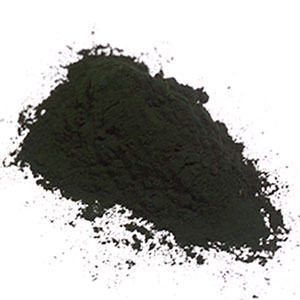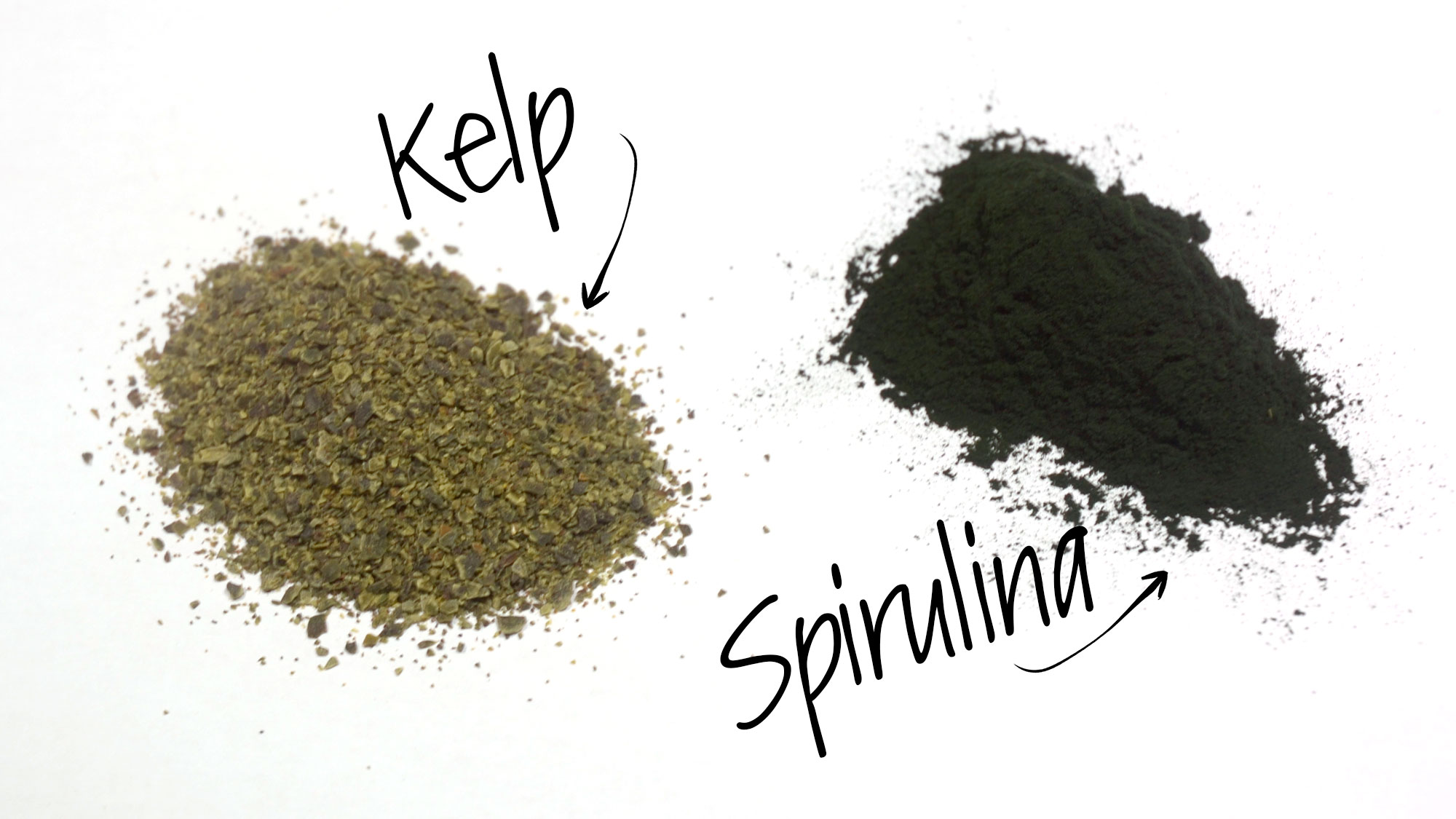I have recently been experimenting with homemade food for the goldfish. I have been mixing brineshrimp, vegetables and scrambled eggs, to make a mixture that I then steam for 10 hours. This gives me a pretty solid mixture, that will hold for 4-5 days in the fridge, that I can feed to the fish directly. They seem to like it, but on the other hand, goldfish do seem to love anything you drop into the tank really. I don’t believe that it is enough for them though, and that is why I have ordered some extra powders to add to the mixture.
I want to thank Fishfur from Fishlore, for all the help and advice that they shared, and this post is basically our discussion from there, re-arranged into a blog post. If you are on the Fishlore, please let Fisfur know, as I have been banned from the forum and can’t thank them personally
All fish need quite high levels of protein, even if they are herbivorous or omnivorous. This protein does not necessarilly have to be of animal origin though unless they are carnivorous. Goldfish have long been considered herbivorous, but recent studies have proved that they indeed are omnivorous and need quite a lot more protein than first assumed. Unlike mammals, who use carbohydrates to produce energy, fish use protein instead.
The ten essential amino acids (EAA) fish need from food, are identical to the ones humans need, except for one, that we as humans can produce ourselves (arginine).
The best sources for most of these, are legumes and seaweeds.
Legumes may sound like an abstract term to some of us, but some of the most famous legumes are beans, soybeans, chickpeas, peanuts, lentils, lupins, grass peas, mesquite, carob, tamarind, alfalfa, and clover.
List of fish EAA
- arginine
- histidine
- isoleucine
- leucine
- lysine
- methionine
- phenylalanine
- threonine
- tryptophan
- valine
Algae are very good sources of essential acids (especially Omega 3) as well as protein. I have fairly easy access to legumes and other vegetables, but the seaweeds, I had to order in powder form
Spirulina
Spirulina is a type of blue-green microalgae that is consumed by humans and other animals. It is very high in protein (60% protein!). It is a good source of thiamine (B1), Riboflavin (B2), Niacin (B3), copper and iron!


Kelp
Kelp is a brown algae that grows in shallow oceans. It contains many important vitamins and minerals, including vitamins K, A, C, and E as well as folate, vitamin B12, and vitamin B6. It also provides small amounts of thiamin, riboflavin, niacin, and pantothenic acid.
Iodine is a mineral that’s present in high amounts in kelp. Other minerals include calcium, magnesium, iron, sodium, and phosphorus
Other good sources of Arginine are insects, insect larvae or crustaceans. So mixing in shrimp, brine shrimp, bloodworms etc is also very beneficial. Both spirulina, kelp and broccoli are all good sources for Beta carotene that is critically important for a good immunity. It also contributes to stronger coloring. Although this is also present in root like sweet potato and carrots, they are preferably best used as treats, as they are almost pure carbohydrates.
Some good veggies to use, are broccoli, raab, cabbage, chinese broccoli and mustard leaves. Although spinach is a popular green for your fish, it is best to not use it as its full of oxalates, that can inhibit the absorption of some minerals.
At the moment I mix anything from above that I have available, into a stirred egg (yolk and whites) and stem it for 10 minutes. I want to experiment some more with unflavoured gellatine or agar powder as gelling agents. This should allow for the good to be kept in the freezer instead of only in the fridge.
I am aiming at trying to regularly use pees, green beans, chick beans and maybe even edamame beans along with some of the veggies mentioned above (broccoli, cabbage, mustard leaves etc).
I will keep you informed on my progresses with this as I learn more about it.


Leave a Reply